Can you see stars in light polluted skies?
Light pollution is the enemy of astronomers, but it is possible to pick out some stars even in the largest cities

Light pollution is a big problem, and it’s getting bigger. Recently published research led by Dr Alejandro Sánchez de Miguel at the University of Exeter, UK suggests that a global rise in artificial lighting has substantially boosted light pollution levels over the past few decades – some regions have suffered as much as a fivefold increase! The problem is intrinsically linked to energy waste, so it would be reasonable to expect that efforts are underway to tackle it, but not all approaches are beneficial to our view of the sky. LED lighting for example, while energy efficient and cost-effective, has become the bane of stargazers everywhere as its broad emissions flood the sky with even more light than traditional low-pressure sodium lamps. This is compounded by the dazzling nature of often poorly shielded LEDs, which impacts the way our eyes adjust to the darkness.
Light pollution entails more than just the loss of natural beauty in the night sky. It affects ecology and human health too, so perhaps one day we’ll see meaningful legislation to regulate it on a wider scale. But in the meantime, stargazers are having to adapt and make do with soupier skies. Fortunately, light pollution need not be an insurmountable barrier to stargazing. As a Londoner, I’ve spent more than a decade living under some of the most heavily polluted skies in Europe, and that hasn’t stopped me from enjoying the stars and witnessing many special events in the sky. By understanding the impact of light pollution, we can set our expectations and make the most of even the brightest skies.
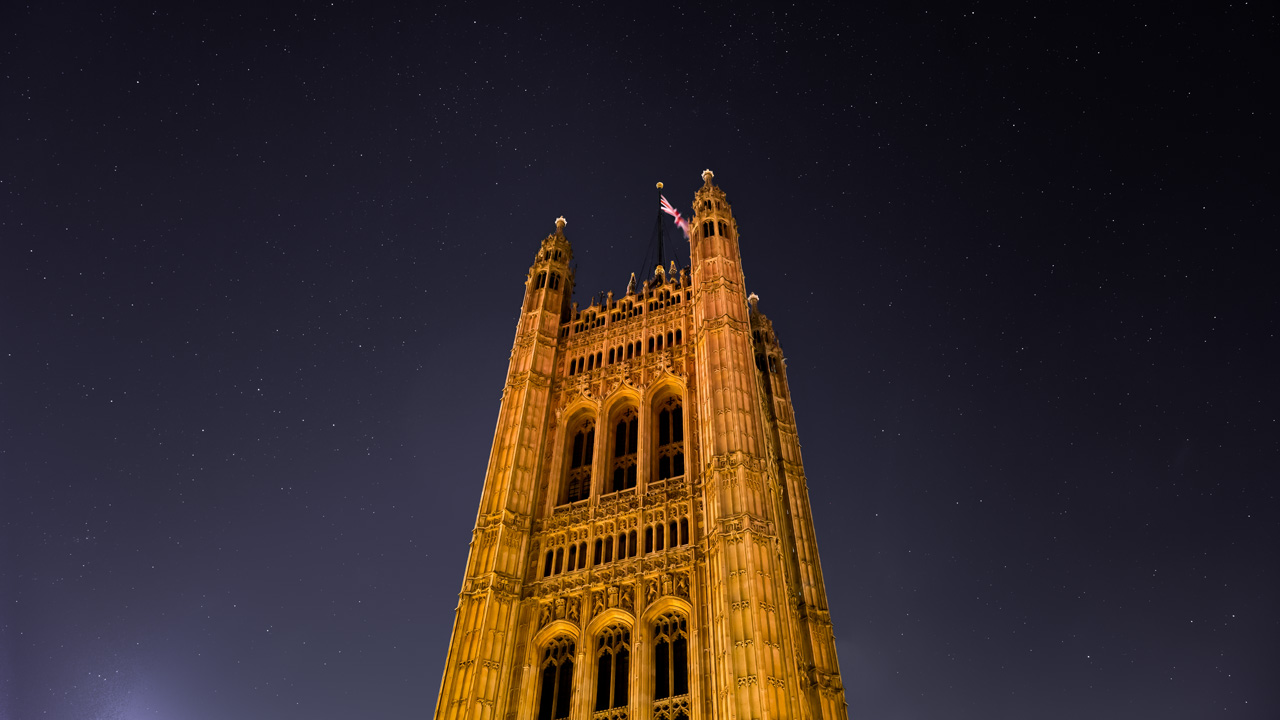
- Related: Best cameras for astrophotography
What does light pollution do to our view?
It’s not uncommon to hear about light pollution "blocking" our view of the stars, but this is a mischaracterization of its effects. Light pollution doesn’t prevent starlight from reaching the ground. Rather, it competes with it. Imagine using a black pen to scribble on a sheet of white paper. As long as your pen is in good order, your creativity will be easy to admire. If you use darker paper – say, a dark grey – the black doodles become harder to discern, particularly if they include fine details. On a sheet of nearly black paper, it would be virtually impossible to see anything made with a black pen. The ink isn’t lost, but it’s contrast with the paper is. In the night sky, it’s the same phenomenon in reverse. Light pollution makes the canvas of the sky brighter, so that some natural light sources fall below the contrast threshold that makes them discernible by eye.
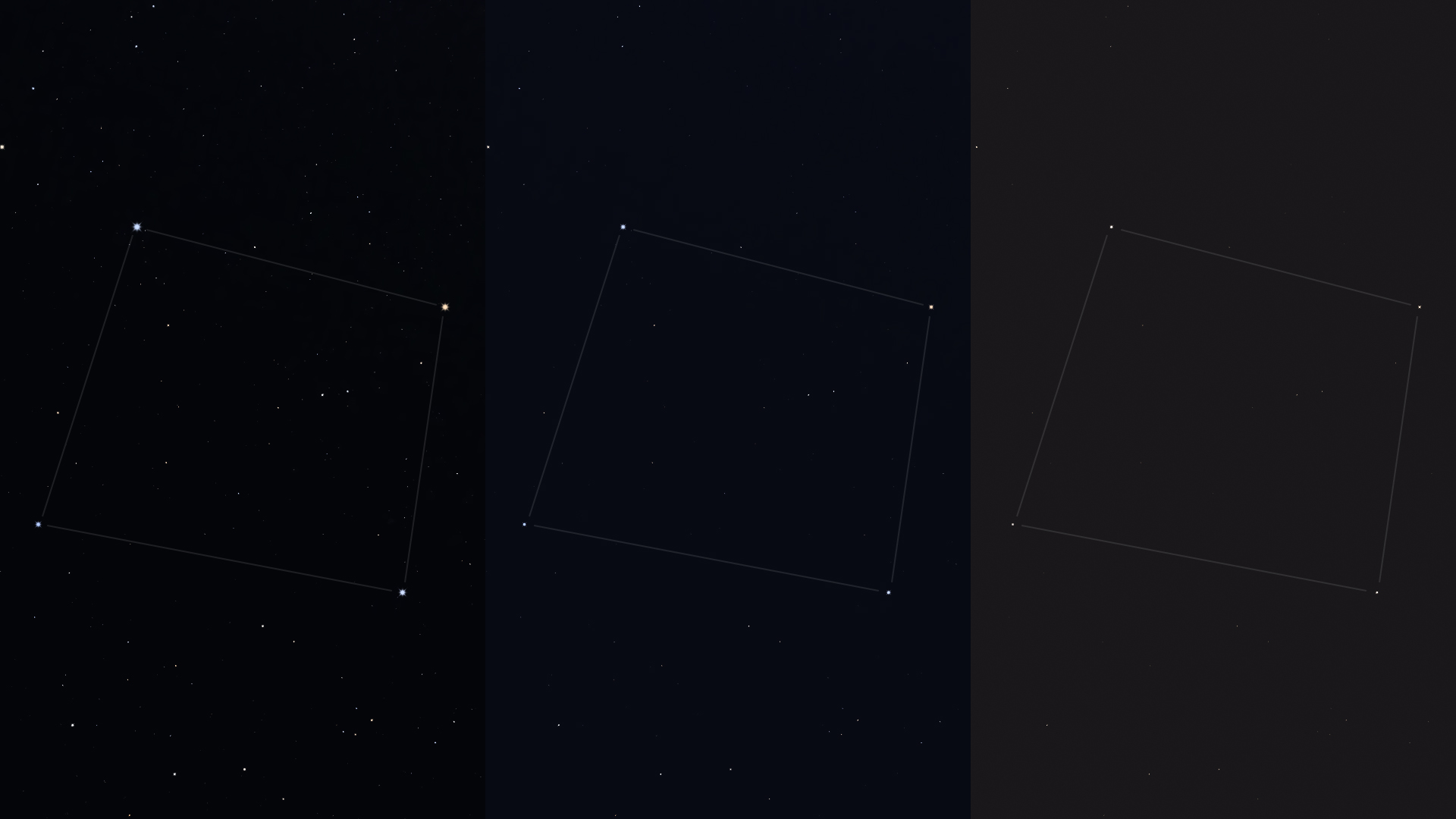
Aside from the Sun and Moon, everything else in the sky can be regarded as a point source (a point of light) or a diffuse object (a patch of light). Stars are point sources, whereas deep sky objects such as nebulae and galaxies are diffuse. In our solar system, planets and satellites are point sources, and the comas and tails of comets are usually diffuse. Diffuse objects are easily suppressed by even moderate light pollution – the Milky Way and elusive Zodiacal Light are among the first to go – while point sources, owing to their relatively high contrast, put up more of a fight. The brightest few hundred stars are resistant to light pollution, making the outlines of most of the constellations accessible in suburban skies, although fainter constellations are more challenging. The naked-eye planets are typically brighter still, and can be seen without trouble from the brightest city center.
- Related: Astrophotography for beginners - a guide
How to measure and make the most of your light pollution level
As light pollution washes out fainter stars and diffuse objects, it sets a limit on the faintest observable celestial object for a given location. In astronomy, the apparent brightness of an object is called its magnitude. This logarithmic brightness scale can seem strange at first, with larger positive numbers corresponding to fainter objects, but with practice you can become very proficient at estimating magnitudes by memorizing a number of familiar stars. For most of us, the naked-eye limiting magnitude in ideal skies is about +6.5. Each integer reduction in magnitude corresponds to a 2.5x increase in brightness. So, a magnitude +2 star appears 2.5x brighter than a magnitude +3 star. Naturally, in less than ideal skies, the limiting magnitude is lower. How can we figure out the limiting magnitude and measure sky darkness?
The Great Square of Pegasus, shown in the simulated image above, provides a particularly useful boundary in which to perform a star count and measure your local sky quality. By observing stars within the asterism, you can discern the limiting magnitude of your stargazing site, giving you a numerical indication of whether or not a given star (or any other object) can be seen there. For best results, you should perform the count close to the New Moon, and preferably near the autumn or fall equinox in September, when the constellation Pegasus sits high overhead around local midnight.
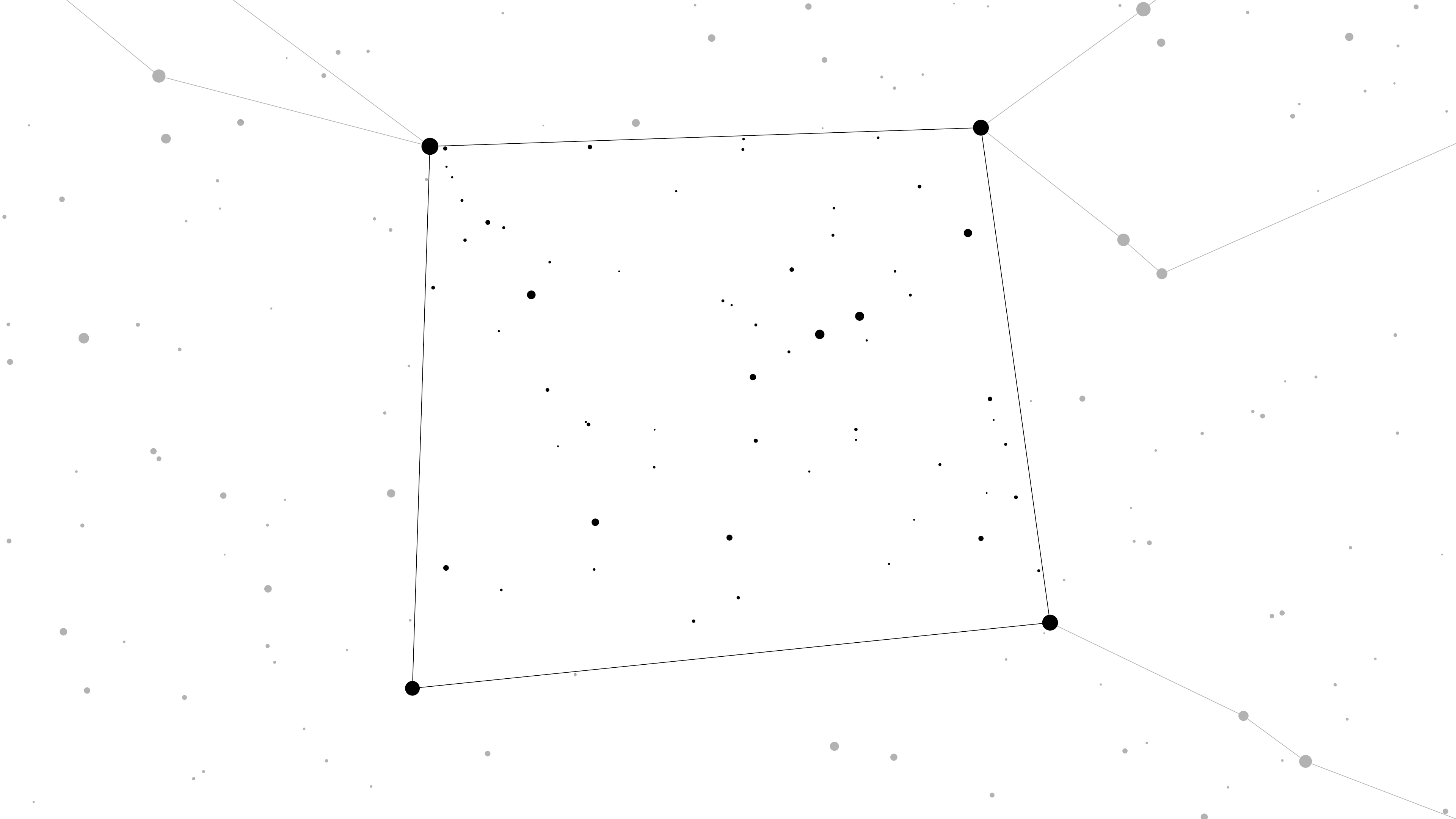
In the very brightest urban skies, the limiting magnitude is severely restricted to stars brighter than +4. The ideal limit of +6.5 is drastically better. From a dark rural site, you can see stars at least ten times fainter than the faintest visible in the city centre.
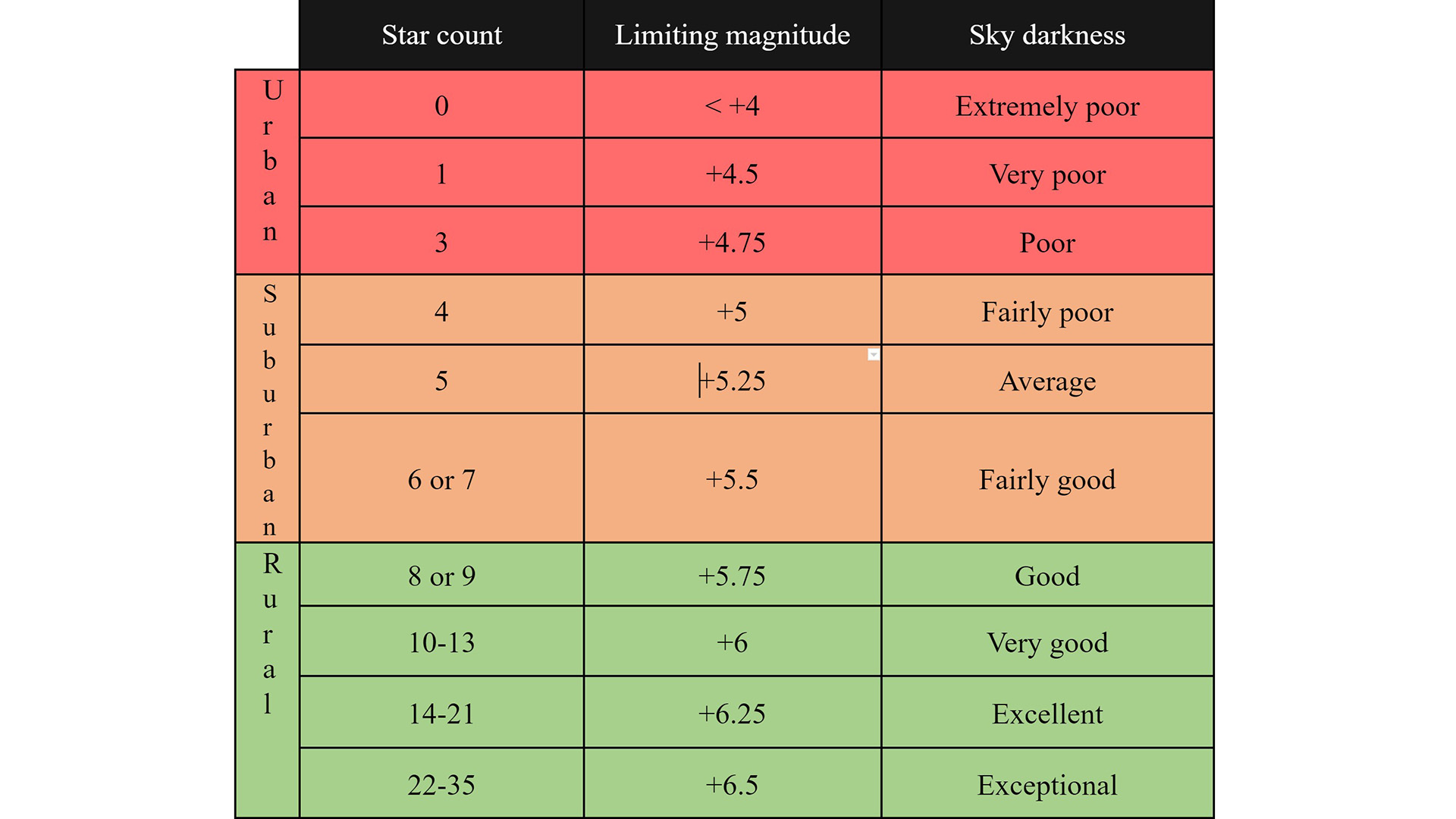
There’s an easy way to visualize your sky darkness when planning your stargazing sessions. The open source, free to use home planetarium software Stellarium is capable of simulating the appearance of light pollution, allow you to predict how the stars will really appear in urban skies. With the software launched, open up the Sky and Viewing Options window (default key: F4) and change the light pollution value. In exceptional skies, you can leave it at zero. In extremely poor skies, set it to 9. Stellarium will render fewer stars as you increase the number, and simulate the loss of contrast, which quickly hide the Milky Way and other diffuse sources.
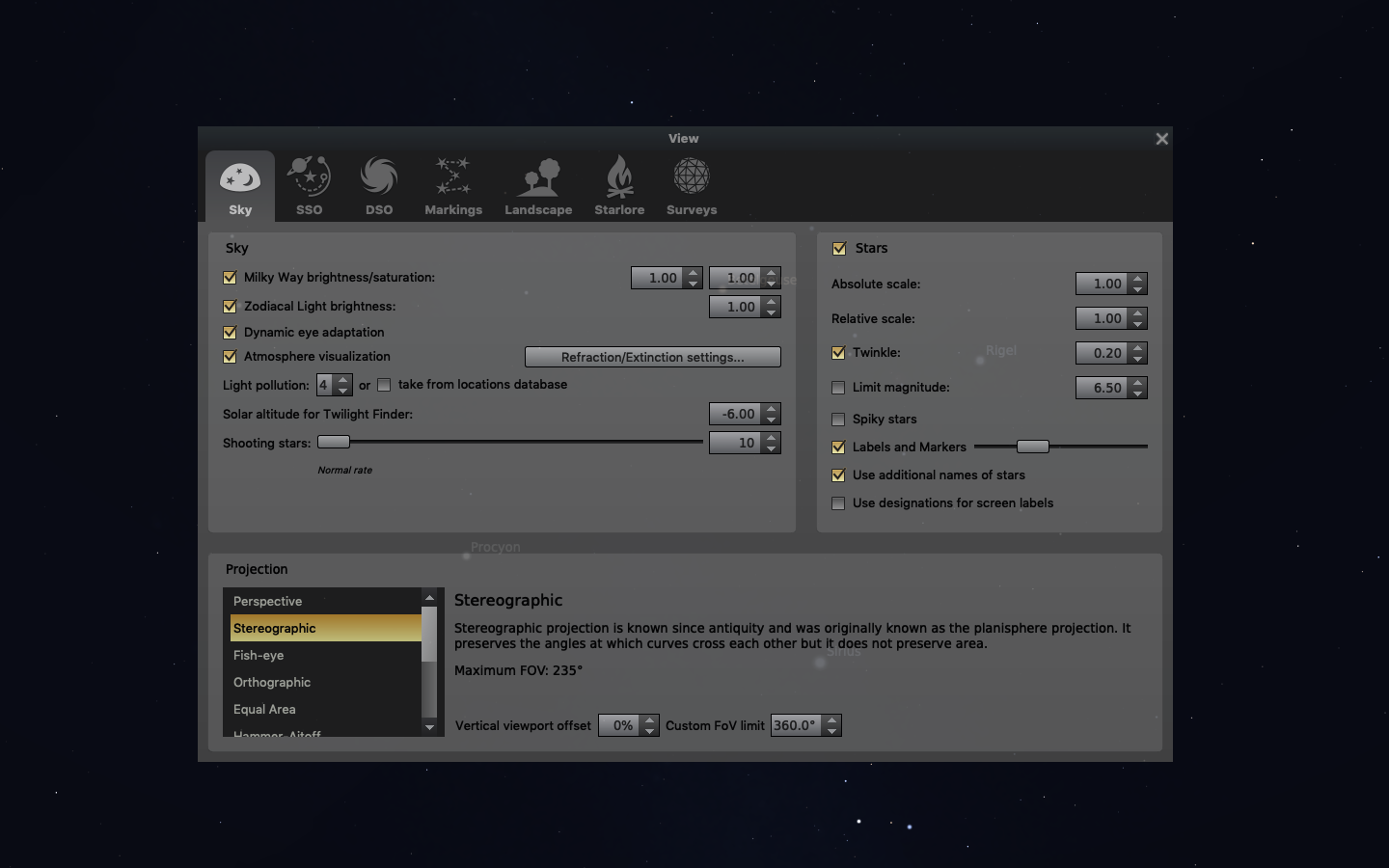
You can also ask Stellarium to automatically estimate your sky quality using a database of measured light pollution values. No matter how awash the sky becomes with artificial light, at least a few dozen bright stars will always stand out, and you may be surprised by just how many fainter ones can be found from urban sites you’d previously written off. Light pollution isn’t going away soon, but neither are the stars, so set your expectations and learn to appreciate the night sky wherever you are!
Join our Space Forums to keep talking space on the latest missions, night sky and more! And if you have a news tip, correction or comment, let us know at: community@space.com.
Get the Space.com Newsletter
Breaking space news, the latest updates on rocket launches, skywatching events and more!

Tom Kerss is an astronomer and the author of numerous best-selling books about the night sky for both adults and children, including Northern Lights, Diamonds Everywhere and the Starry Stories Series. He shares his passion for the stars with people all over the world, delivering courses, podcasts and media interviews. Having worked in Hawaii, Chile, Namibia, Iceland and Norway, Tom loves nothing more than to seek out the darkest and most beautiful skies on Earth, escaping his light-polluted home of London. He has a background in astrophysics and formerly worked at the Royal Observatory in Greenwich.










